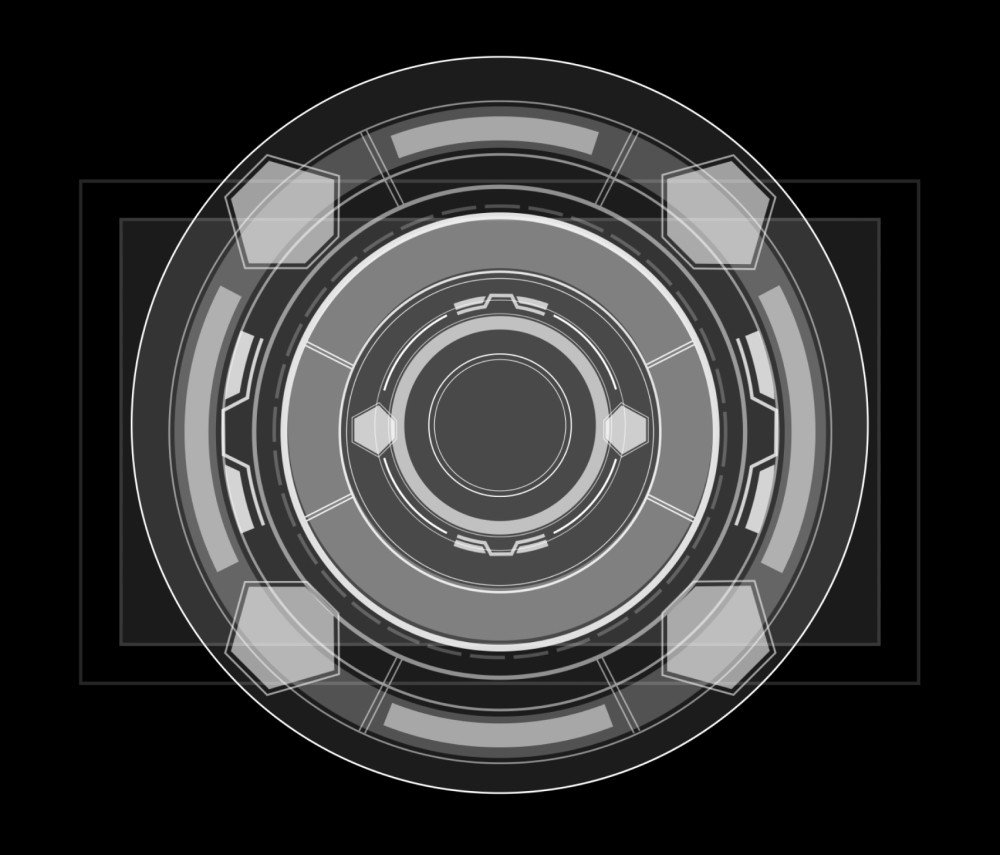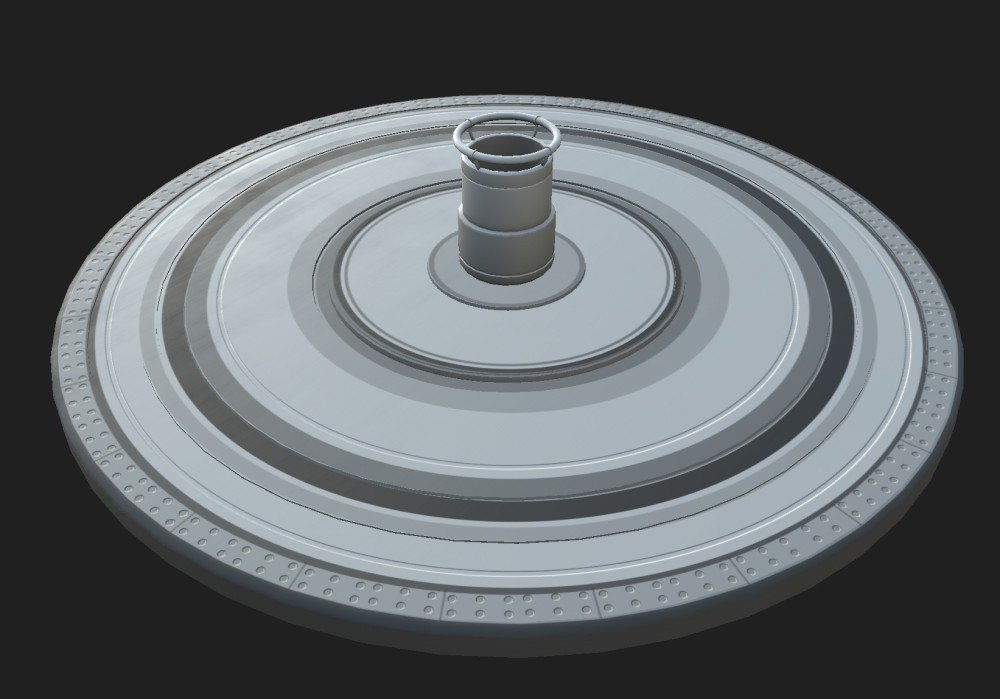Home » Product Design » VR Escape Room
VR Escape Room
User Interactions, Concepting, Level Design, 3D Modeling, Animation
Opportunity
Background
A client came to us requesting a gamified learning experience within a VR environment. We pitched to them the idea of a virtual reality experience where teams of up to four players could enter a virtual landscape and work together to answer trivia questions, solve puzzles, and escape a crashed adventure pod.
Requirements
Project would be built for the Oculus Rift
The VR Escape Room would be educational—all of the questions and puzzles would be built around the client’s learning material, like prescribing information or instructions for use.
The teams would be comprised of the client’s sales reps, who would have the opportunity to build camaraderie as they worked together to beat the challenges and increase their final scores.
The theme of the adventure pod (playfully referred to as the “Microship”) would be based on the client’s product’s MOA (for example: a pod traveling through the bloodstream to go fight cancer cells at the source).
It would need to work online, so that their learners could play together and train together no matter where they were.
Scope
Project Length: 6-8 months
Team: 1 Art Director, 1 PM, 2 Designers, 2 Unity Developers, 2 QC Testers
My Roles
Conceptual Development
Level Design
UI + User Interactions
Environment Modeling + Texture Mapping
3D Animation
Process
Exploration & Ideation
I began with sketching out ideas for the various aspects of the project. An upfront requirement was that we would have several activities that players would engage. The experience would have to be contained within the Microship that would be traveling through the human body. I started large and then gradually narrowed the focus down to ideas that were more feasible for the scope of the project.
Early concept art of the Microship resembling a pill capsule
I love the early ideation process—the sky’s the limit.
Concept Refinement
After a week of ideating, I took some of the approved concepts and began refining them further with the intention of providing our client and dev team a better understanding of the potential final product output.
User Flow
The three activities that we landed on helped shape the narrative of the escape room. Players would start on the lower observation deck platform of the Microship and receive a brief tutorial overview. From there, the observation deck would work like an elevator and take players to each subsequent level after they completed the intended activities and puzzles. Once all three levels are completed, the players would arrive on the upper observation deck where they then have to protect the Microship from attacking cancerous cells. For the final experience flow concept, I conducted multiple rounds of feedback sessions with our entire team before we progressed into product prototyping.
VR Escape Room user flow diagram
Level Design
Once we had the escape room structure and general flow designed, we were ready to begin designing our three activities: “Reactivate the Power”, “Voice Recognition Offline”, and “Complete the Code”. “Reactivate the Power” would require players to bounce lasers off of mirrors to reactivate the core of the ship. “Voice Recognition Offline” would be a sequence memorization type of activity where players would have to repeat the order of flashing lights on their consoles. “Complete the Code” would see players grabbing various snippets of holo-code and placing them in the proper order within an incomplete paragraph.
We realized early on that to stay on track within scope and to provide the level of usability that we desired for our demographic we would need to lock the players to a single point. This limitation became a focal point that I had to factor into all of my designs. Fortunately, my concept of a platform elevator system for player progression worked seamlessly with this requirement. The players could still feel like they were exploring the Microship despite not actually having locomotion.
UI + User Interactions
The most difficult aspect of designing interfaces and touchpoints for players within a 3D environment was having to do it on a 2D computer screen. Oftentimes flat designs do not translate appropriately once they’re in Unity and I’d have to go back to the drawing board. Constant testing within the Oculus headset was the key to success here. I also had to keep our player demographic—Pharma sales reps—constantly in mind while designing. Testing with players from our demographic was not built in to the timeline so I had to make due with general volunteers from the local area. To make up for the generalized testing environment, I conducted research on pharmaceutical sales representatives to have a better understanding of their needs and potential level of familiarity/interest with VR experiences.
Concept rendering of the player’s virtual wrist device
Environment Modeling + Texture Mapping
I worked closely alongside our other designer to model, rig, and texture map all of the environmental assets for the build. The models had to be kept simple with lower polycounts in order to run efficiently within Oculus. This was my first time texture mapping within Substance Designer so I was grateful to have a co-worker who specialized in that area and could assist me when I ran into roadblocks. I was very impressed with the level of fidelity that Substance could export for Unity.
Background asset - modeled in Maya then textured in Substance Designer
Animation
I was responsible for creating animations for the various moving parts of the Microship. Keyframes were made in Maya and then provided to the devs with instructional notes for implementation within our Unity project environment.
OUTCOMES
This project proved to be an incredibly insightful learning experience for the entire team. At the time, this was my most holistic VR project that I had ever worked on. One of the benefits (and challenges) of working with a smaller VR dev team is that I got to experience working in a bunch of design roles that that I normally don’t do on a regular basis. Overall, the client was pleased and the product was a success with their training teams. A huge milestone for both myself and my team!
The development of this VR escape room ignited my curiosity surrounding player engagement and information retention within a virtual environment. At the time, our team did not have the scope and skillsets to effectively formulate success metrics and measure/synthesize outcomes. I’d strongly encourage VR product teams to include allocation for defining and measuring what “success” looks like for their products. Building for a certain platform such as a virtual space should be highly intentional. The best way for the adoption and retention rates of these kinds of products to improve is for dev teams to have clear goals and defined opportunities that they’re addressing in their designs.




























